Grade 3 Math Worksheets Angles
Angles are an important topic to learn in Grade 3 math, as they lay the foundation for understanding geometry and measurements. In order to help students grasp this concept effectively, worksheets can serve as a valuable tool. By providing a structured and visual representation of angles, these worksheets assist Grade 3 students in mastering the necessary skills for identifying, measuring, and classifying angles.
Table of Images 👆
- Geometry Angles Worksheet 4th Grade
- Geometry Angle Relationships Worksheet Answers
- Classifying Angles Worksheet
- Three Types Angles Worksheet
- Naming Angles Worksheets
- 6th Grade Math Worksheets Angles
- 7th Grade Geometry Worksheets Angles
- 4th Grade Math Worksheets Angles
- Lines and Angles Worksheets
- 3rd Grade Math Worksheets
- Supplementary Angles Worksheets
- Types of Lines and Angles Worksheets
More Math Worksheets
Printable Math WorksheetsMath Worksheets Printable
Printable Math Worksheets Multiplication
Math Worksheets for 2nd Graders
Math Multiplication Worksheets
First Grade Subtraction Math Worksheets Printable
Math Worksheets Integers
Middle School Math Coloring Worksheets
Hard Math Equations Worksheets
Valentine's Day Math Coloring Worksheets
What is an angle?
An angle is a geometric figure formed by two rays that share a common endpoint, called the vertex. It can be measured in degrees and is typically denoted by the symbol ?. The size of an angle indicates the amount of rotation needed to superimpose one ray onto the other.
How do you identify a right angle?
A right angle can be identified by looking at the corner formed by two lines. If the angle is exactly 90 degrees, then it is a right angle. Another way to identify a right angle is to determine if one line is perpendicular to another, which means they intersect at a 90-degree angle.
How do you measure an angle using a protractor?
To measure an angle using a protractor, place the center of the protractor over the vertex of the angle. Align one side of the angle with the base line of the protractor. Read the angle measurement where the second side of the angle intersects the protractor. The angle measurement is typically given in degrees.
What is the difference between an acute angle and an obtuse angle?
An acute angle is an angle that measures less than 90 degrees, while an obtuse angle is an angle that measures more than 90 degrees but less than 180 degrees. In simpler terms, an acute angle is smaller than a right angle, while an obtuse angle is bigger than a right angle.
How do you classify an angle that is less than 90 degrees?
An angle that is less than 90 degrees is classified as an acute angle.
How do you classify an angle that is greater than 90 degrees but less than 180 degrees?
An angle that is greater than 90 degrees but less than 180 degrees is classified as an obtuse angle.
Can two acute angles be adjacent to one another? Why or why not?
No, two acute angles cannot be adjacent to one another because the sum of the measures of adjacent angles must be 180 degrees in a straight line, which is not possible with two acute angles since their measures are less than 90 degrees. Adjacent angles with acute measures would add up to less than 180 degrees, violating the property of adjacent angles.
Can two obtuse angles be adjacent to one another? Why or why not?
No, two obtuse angles cannot be adjacent to one another because the sum of the interior angles in a triangle is always 180 degrees. Since an obtuse angle is greater than 90 degrees, the sum of two obtuse angles would exceed 180 degrees, which is not possible in a triangle. Therefore, two obtuse angles cannot be adjacent to one another.
How many degrees are in a straight angle?
A straight angle measures 180 degrees.
Can two right angles be adjacent to one another? Why or why not?
No, two right angles cannot be adjacent to one another because the sum of the interior angles in a triangle is 180 degrees. Since a right angle measures 90 degrees, having two right angles adjacent to each other would result in a total angle measure of 180 degrees, which is not possible in a triangle. Thus, in a standard geometric setting, two right angles cannot be adjacent.
Have something to share?
Who is Worksheeto?
At Worksheeto, we are committed to delivering an extensive and varied portfolio of superior quality worksheets, designed to address the educational demands of students, educators, and parents.

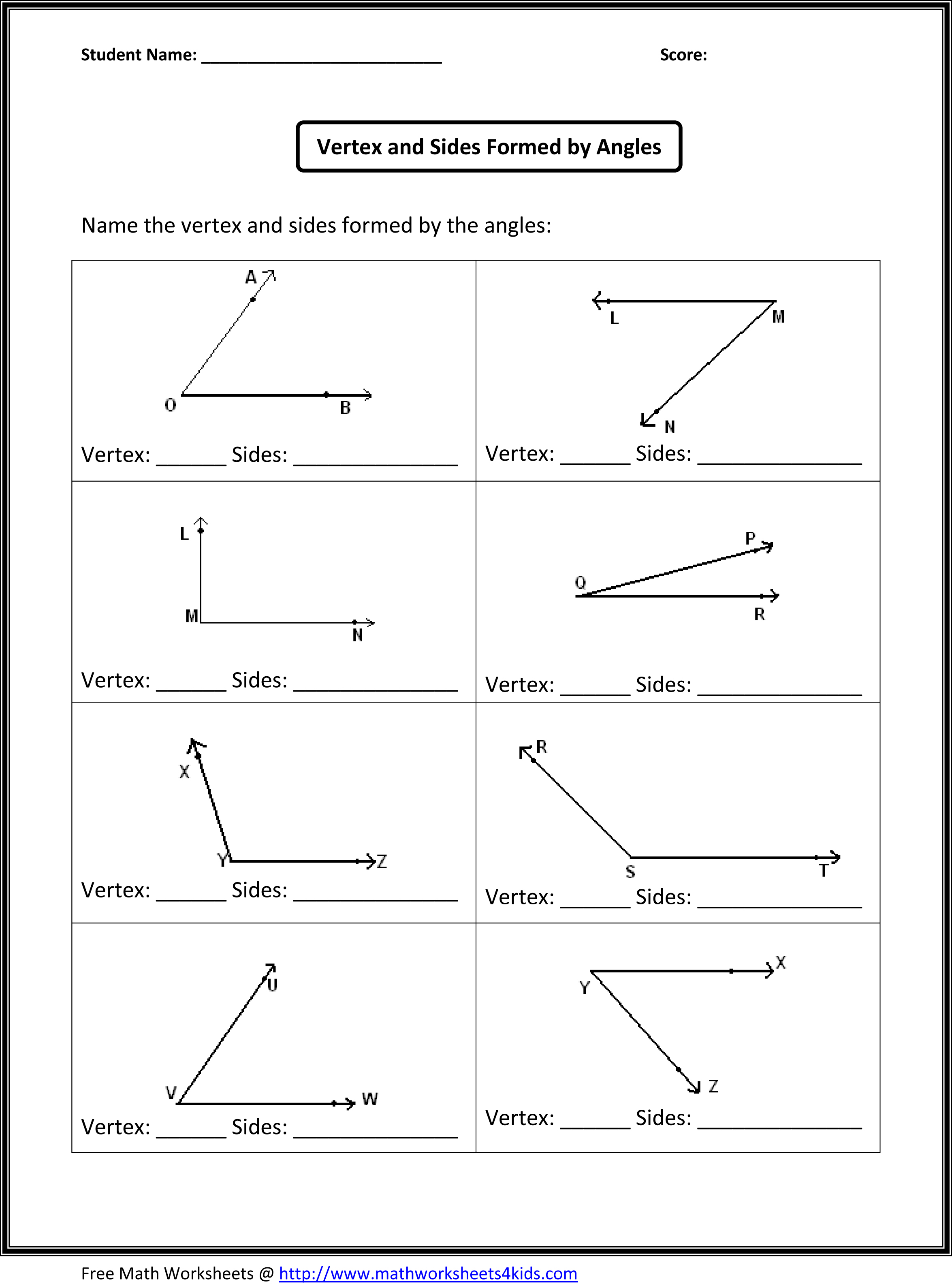



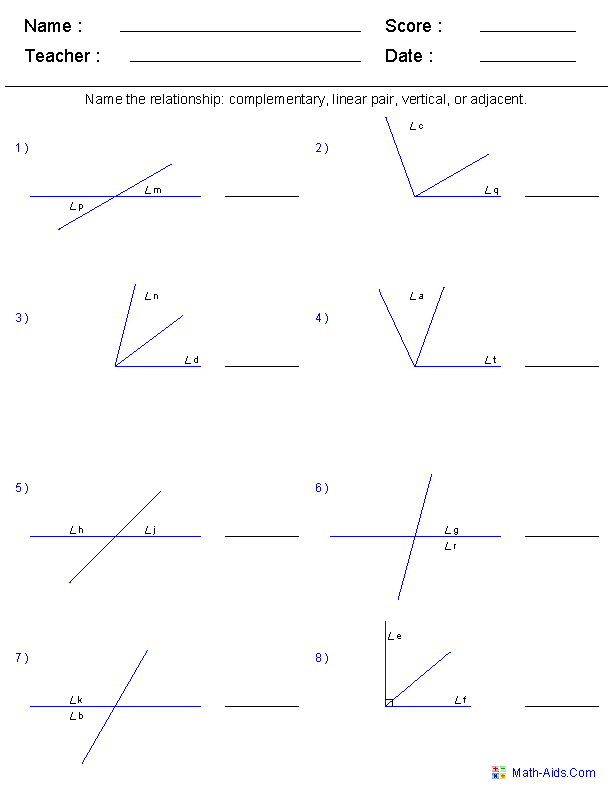
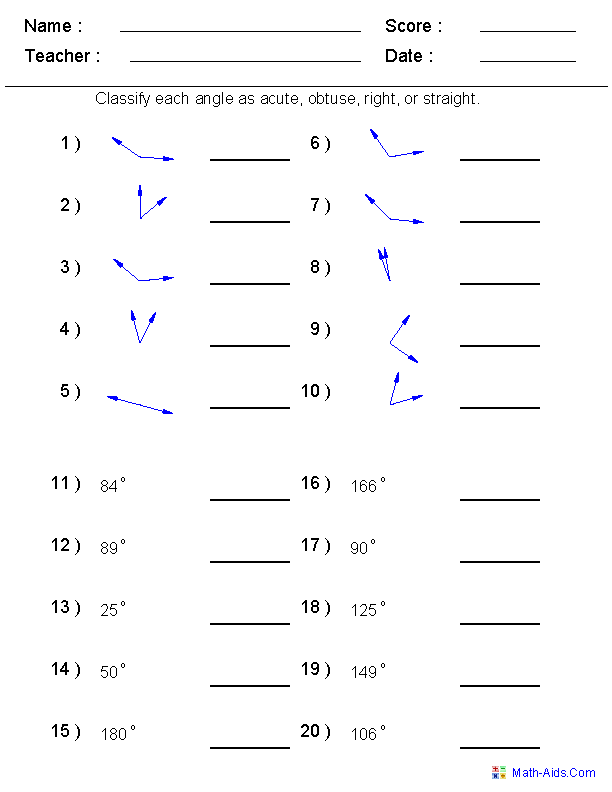

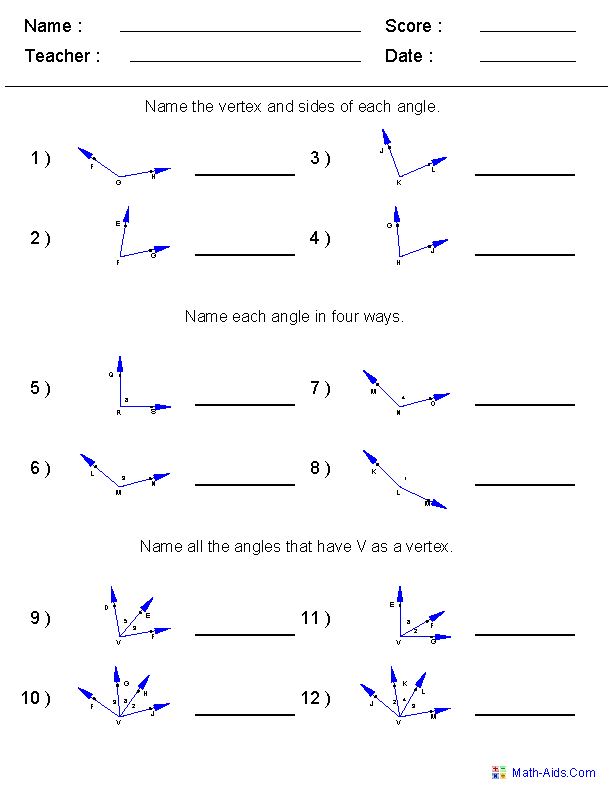

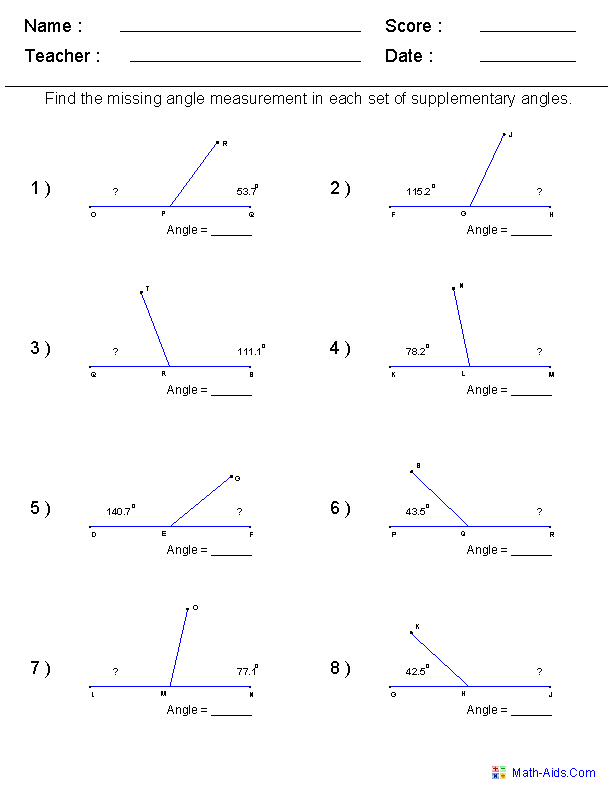
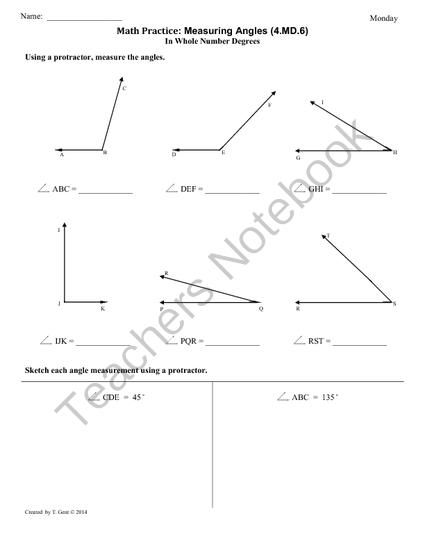

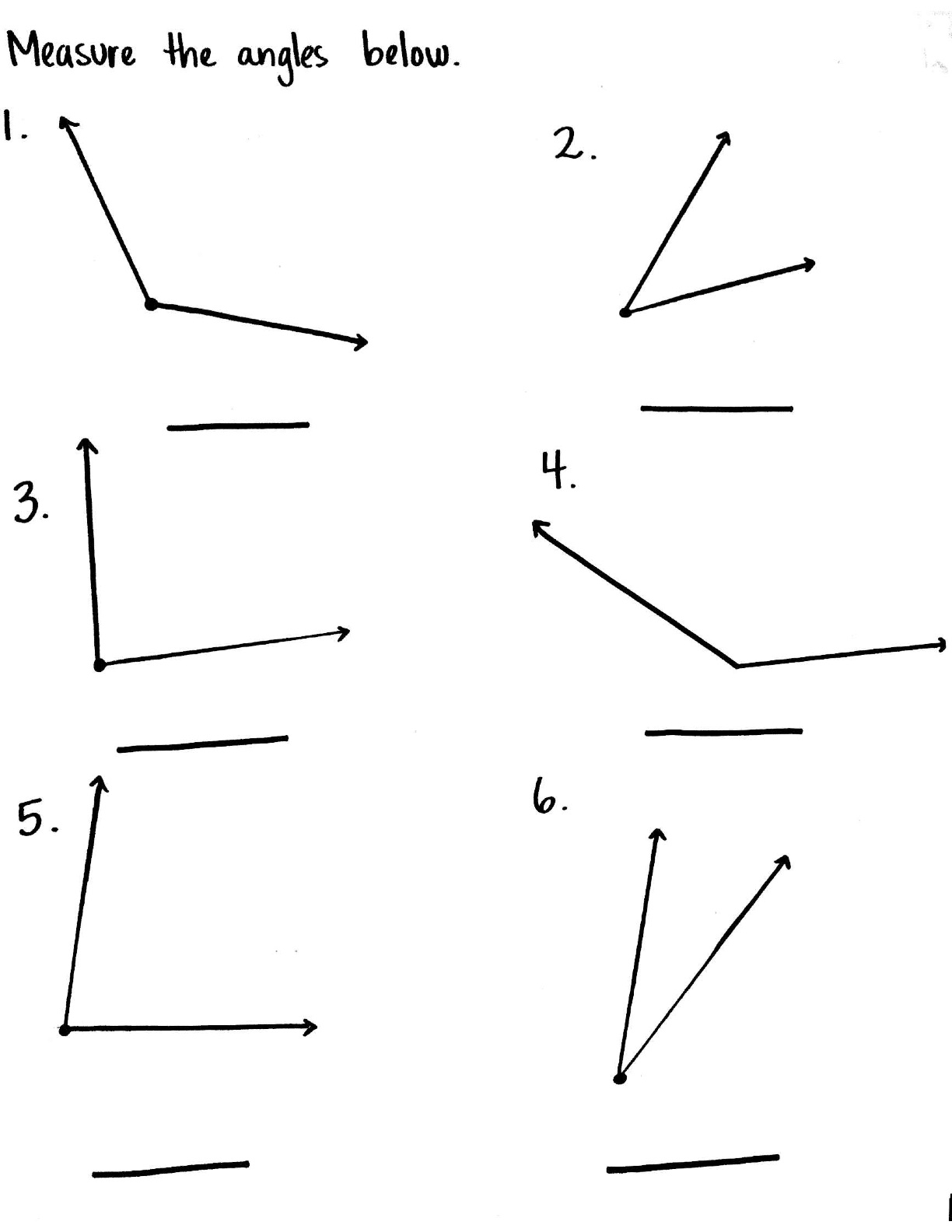


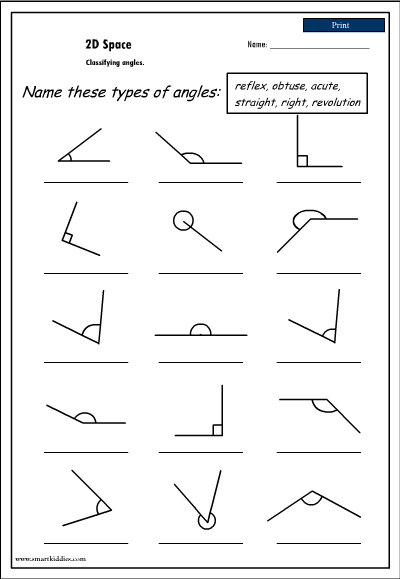

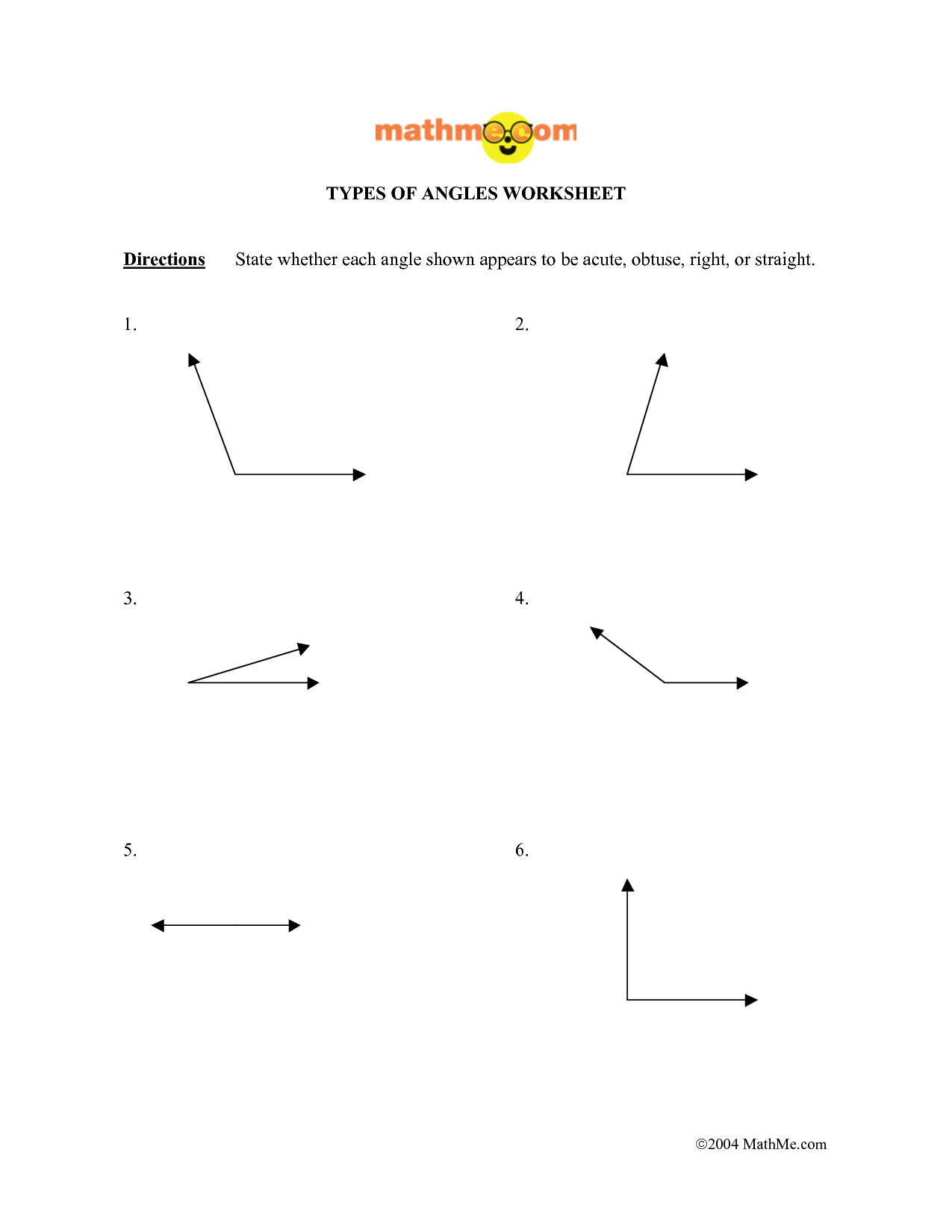














Comments